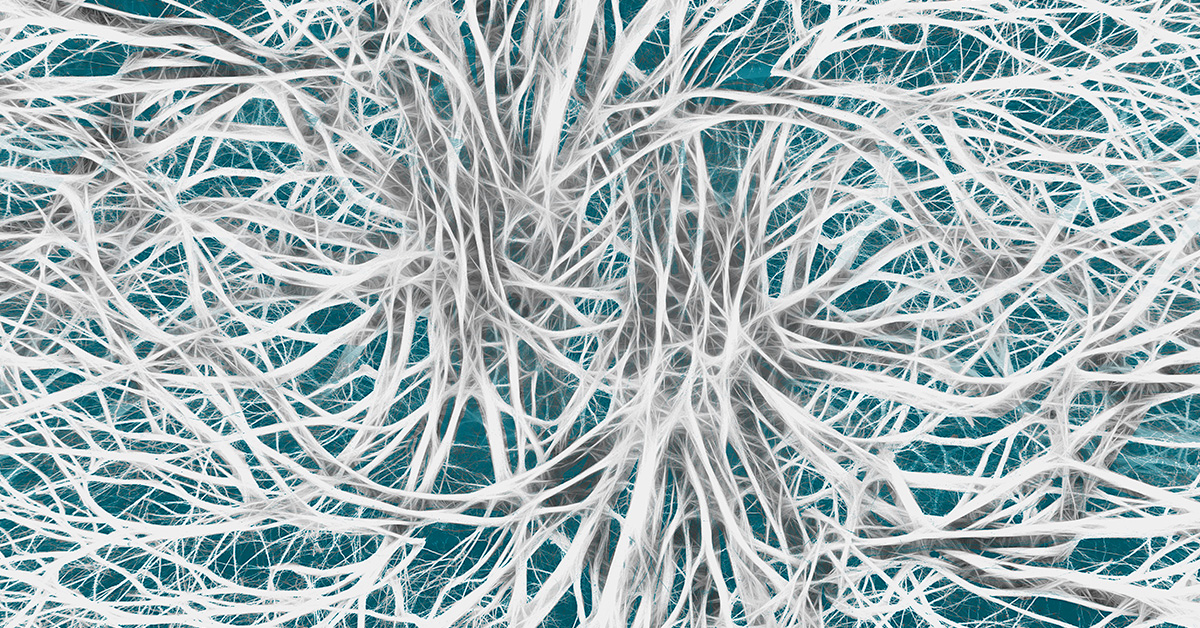Chordomas tumors are a rare but malignant tumor that can take place anywhere along the spine.
Chordomas Tumors

What are Chordomas Tumors?
Chordomas are a rare type of malignant, or cancerous, tumor. This type of tumor can grow anywhere along the spine. They are called skull base chordomas if they grow at the skull base. Often, this type of tumor grows slowly, but it can spread to other tissue and organs. Chordomas are often classified based on how aggressive they are in terms of spreading to surrounding structures. There are three types of skull base chordomas:
- Chondroid chordoma: Least aggressive of the chordoma types
- Conventional or Classic chordoma: more aggressive than the chondroid type.
- Dedifferentiated chordoma: most aggressive, fastest growing of the chordoma types
Conventional or classic chordomas are the most common type of skull base chordomas found.
What causes Chordomas Tumors?
The exact cause of chordomas are not currently known. In general, a tumor is an abnormal growth caused by abnormal cell multiplication that does not serve any physiological function. Cell division is regulated by the tumor suppressor genes. These genes also help to repair any damage caused to the DNA. Tumor suppressor genes are constantly at war against the cancer-causing genes called oncogenes. When tumor suppressor genes fail to function properly due to mutations that affect protein encoding, unregulated cell division and growth can occur and cause the development of a tumor.
The body's natural defense system should optimally detect the abnormal cells and kill them. But tumors may produce substances that obstruct the immune system from recognizing the abnormality of tumor cells and eventually the tumor cells may overpower all internal and external checks to their growth.
Symptoms and Diagnosis
Because chordomas grow slowly, patients may not realize they need to seek medical treatment due to a lack of symptoms. Once symptoms begin to appear, however, they will vary depending on the tumor's location. Skull base chordomas may have symtoms like headaches and vision problems, while chordomas in the spine can cause pain in the area the tumor is in, especially if the tumor is pressing against nerves. If the tumor is in the tailbone area, symptoms may include numbness and bowel or bladder problems. Your doctor may diagnose this condition after observing these symptoms, but several imaging tests are needed to confirm the diagnosis. These tests may include x-rays, magnetic resonance imaging, or MRI, scans, and computed tomography, or CT, scans.
How are Chordomas Tumors treated?
Treatment of chordomas can be difficult due to the proximity of important structures, like the brain and spinal cord. Surgery is often the best course of treatment because of the advanced techniques and technology currently available. Some radiation treatments may also prove to be effective.
